Don't trim this part of the flower, otherwise you will have wasted half a year!
Recently, many flower lovers have been pruning flowers and plants. For most plants, pruning is beneficial to promote growth and flowering, but some flowers cannot be pruned, especially branches like this. If you pruned them, there will be no flowers to see this year!
Rose pruning, this kind of branch cannot be cut
Roses are growing very fast now, so pruning is necessary. For example, thin and weak branches and messy branches can be cut off at any time to prevent them from continuing to consume nutrients.
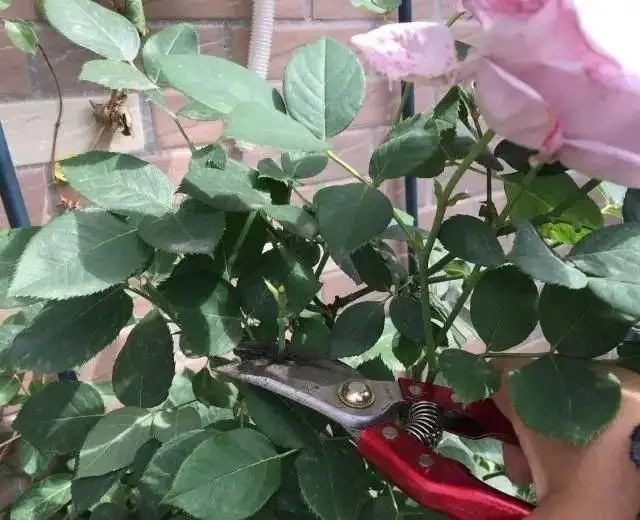
There is another type of branch that must be cut once discovered. That is the blind branch. There is no bud on the top of the blind branch, only one leaf. Such branches have no future of flowering, and if they are not cut, they will only continue to consume nutrients.
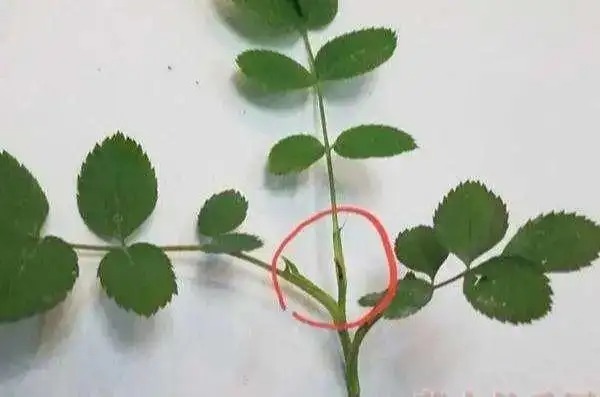
Be careful not to cut branches with buds randomly. Don't think about cutting long branches short. One branch can have multiple branches. These straight branches with top buds will become flower buds in half a month. If you cut them off, they will be gone.
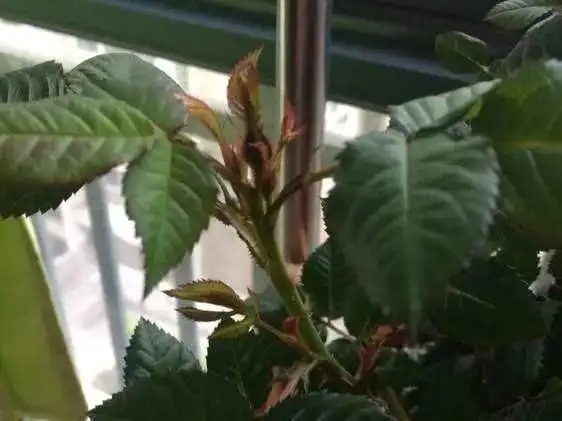
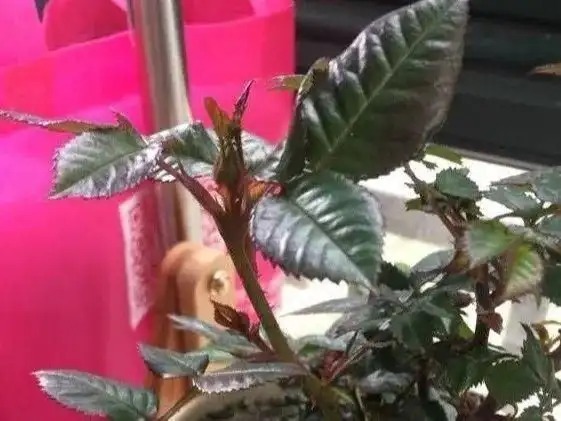
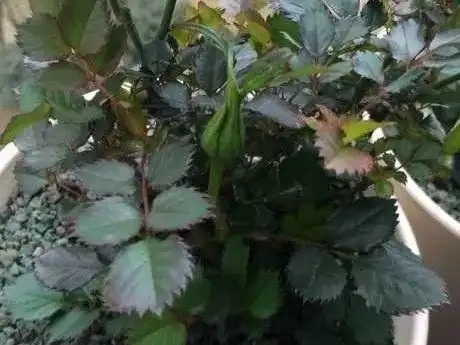
To be more careful, branches with flower buds cannot be cut. If there are no flower buds in the early stage, you can judge by the leaves. The newly sprouted tender leaves basically have flower buds, or you can count the number of leaves. If there are 5 leaves at the bottom and 3 leaves at the top, it means there are flower buds.
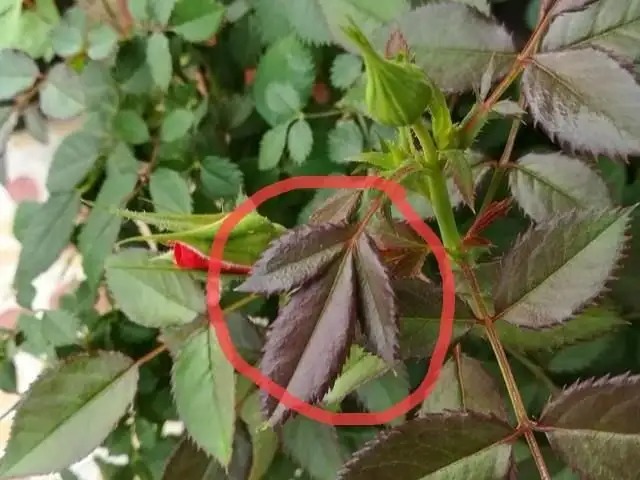
When pruning bougainvillea, don’t cut off all the flowers
If the bougainvillea does not bloom, you can also trim it to stimulate it, but you must be patient and check carefully before pruning. Don't cut off the flowers and then blame the mistress for not blooming!
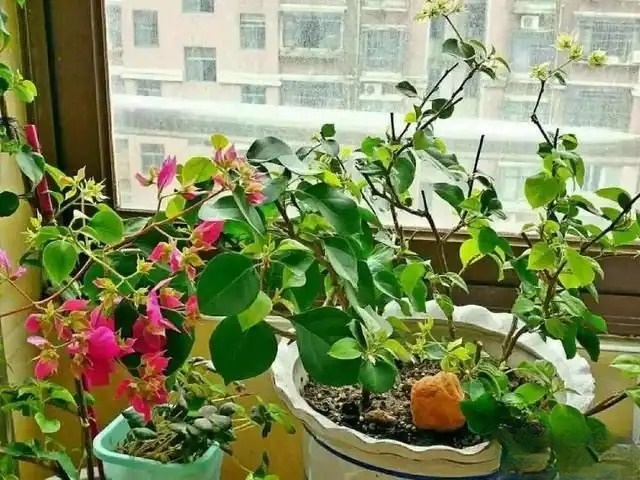
How to tell whether the buds of bougainvillea are flowers or leaves? First look at the position. Flower buds are generally above the base of the leaves. Flower buds may appear under each leaf, as shown in the picture below. Never cut branches with flower buds.
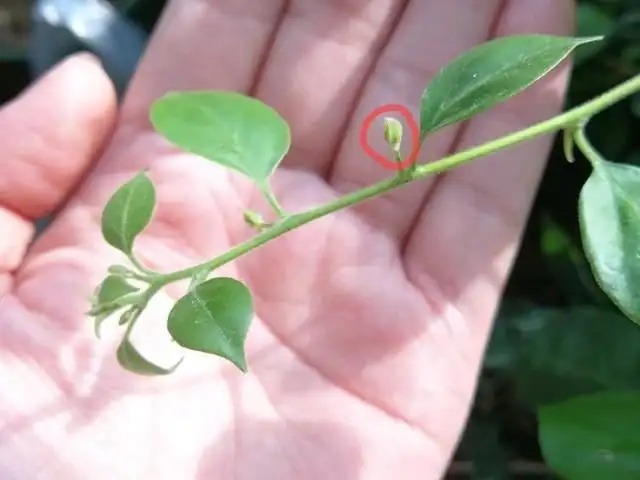
If there are a few flower buds on the branches, look at the top and look carefully. The tender buds on the top have both flowers and leaves. The leaves open first and there are small buds under the tender leaves. Those are flower buds. If there are no buds under the tender leaves, then they are just leaves.
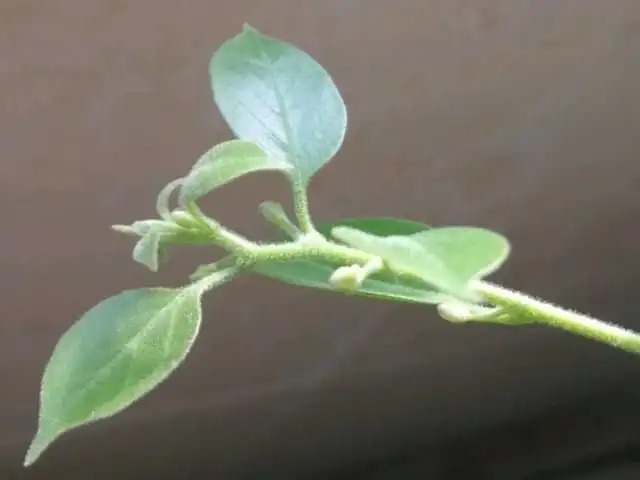
After knowing how to distinguish flower buds, check them before pruning. If flower buds are present, there is no need to prune. If no flower buds are seen yet, you can prune appropriately, cut off or shorten messy branches, crossed branches, and overgrown and thin branches to stimulate flowering.
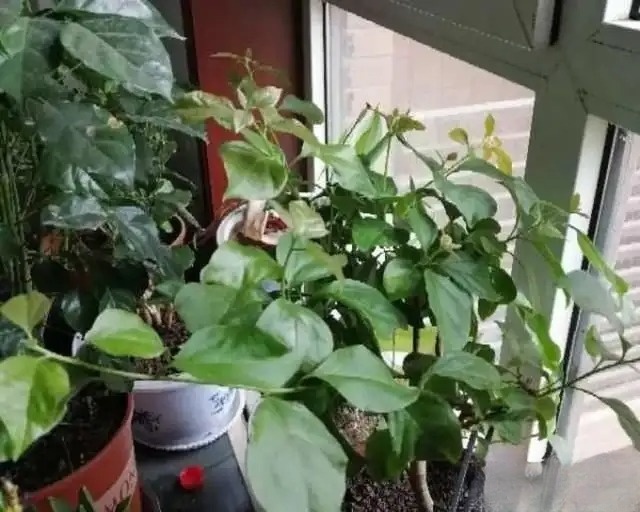
After the flower buds are discovered, maintenance should be kept up, watering should be sufficient, and watering should be done when the pot soil is dry and the leaves droop, to prevent the flower buds from withering due to excessive dryness. If the flower buds are exposed to more sunlight, they will color and bloom earlier. It is not advisable to fertilize during the flowering period, and prune and fertilize after the flowers bloom.
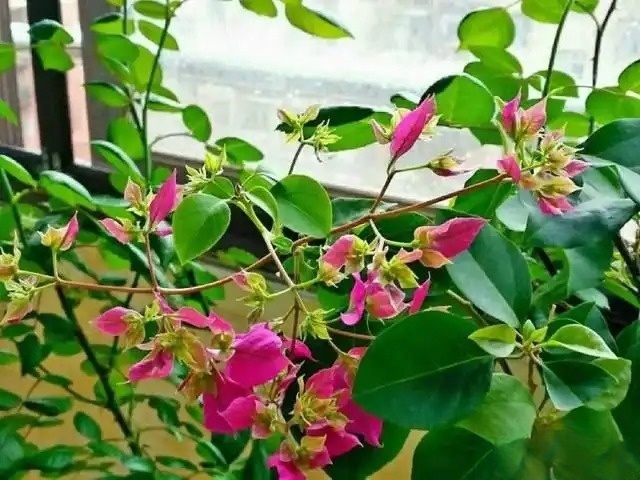
The hydrangea was cut bald, and there are no flowers to see this year
Hydrangeas have basically grown new buds and new leaves now. Because it is close to the flowering period, it is not recommended to prune them. Be careful not to cut the flower buds, otherwise there will be no flowers to see this year.
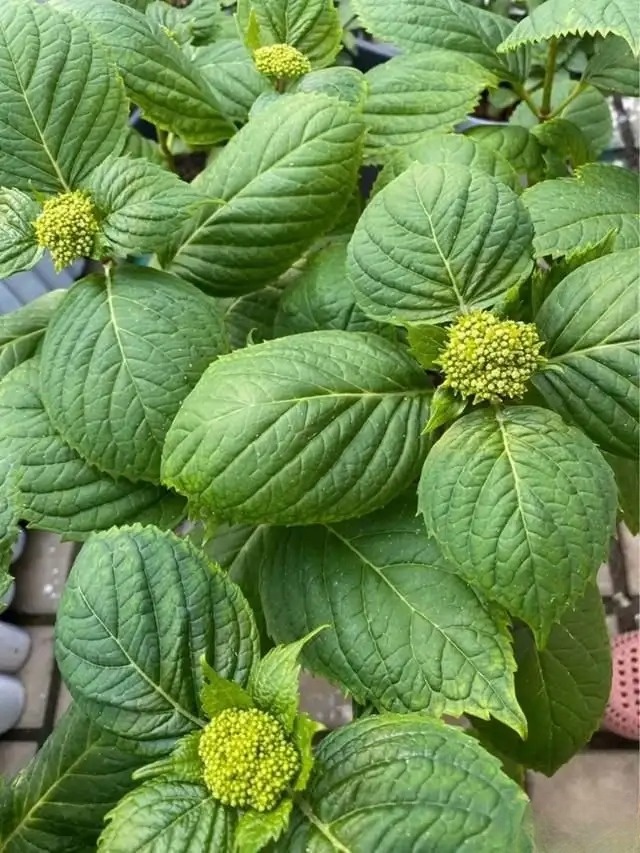
The flower buds of hydrangea are usually "millet grains" at the top of the branches, wrapped in a circle of small leaves. At the beginning, the flower buds are relatively small, so you need to wait patiently and you will know when they appear.
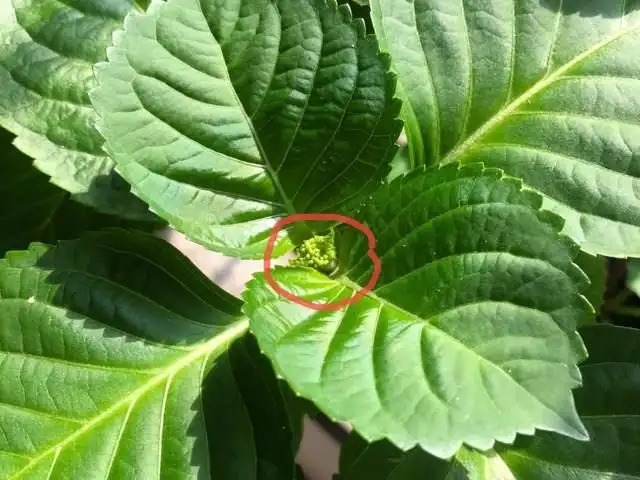
Hydrangea buds are relatively fragile. If the surrounding area is not ventilated and cool enough, do not pour water on the buds. After the buds appear, reduce the amount of fertilizer and dilute it. Slow-release fertilizer is best. Watering should be timely to prevent the buds from drying up due to lack of water.
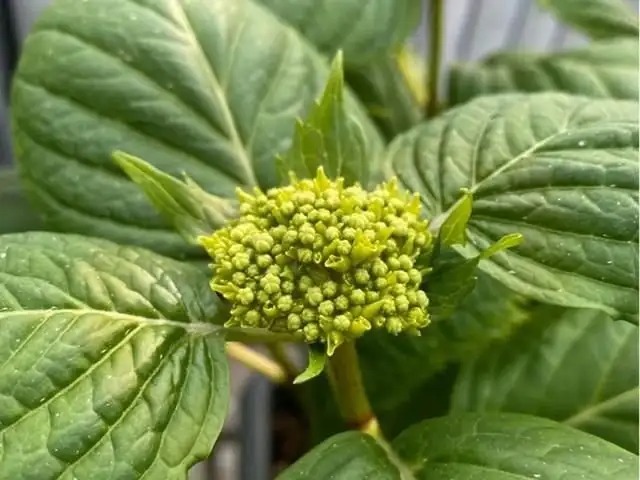
Some hydrangeas may not have flower buds because they were pruned late last year (for varieties that bloom on old branches, the old branches are pruned in autumn and winter) or because they are old stumps purchased (low quality of flowering), and only leaves may remain after the buds on the top open.
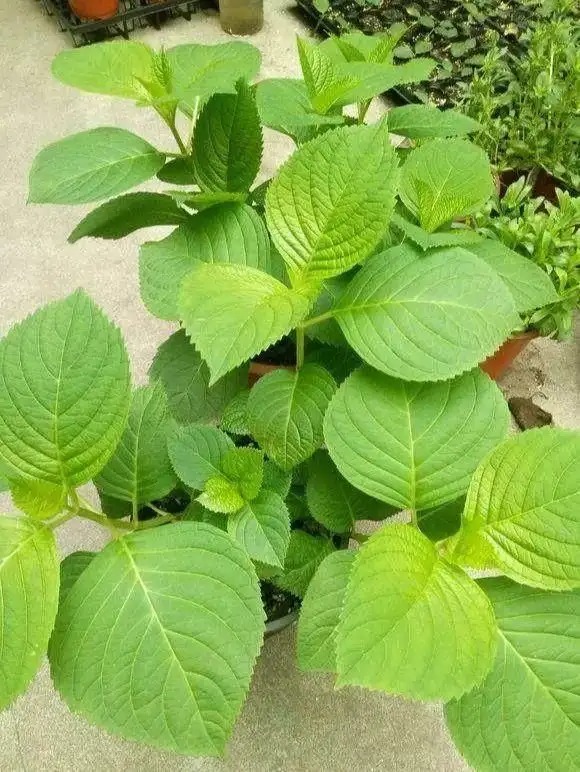
For hydrangeas that really have no flower buds on the top, don't be discouraged. You can top prune (cut off the top branches), and after the incision is dry, water it with gibberellin or Huaduoduo No. 2 once every 10 days to continue to promote flowering. Flower buds may emerge at the bottom of the leaves on the stem.
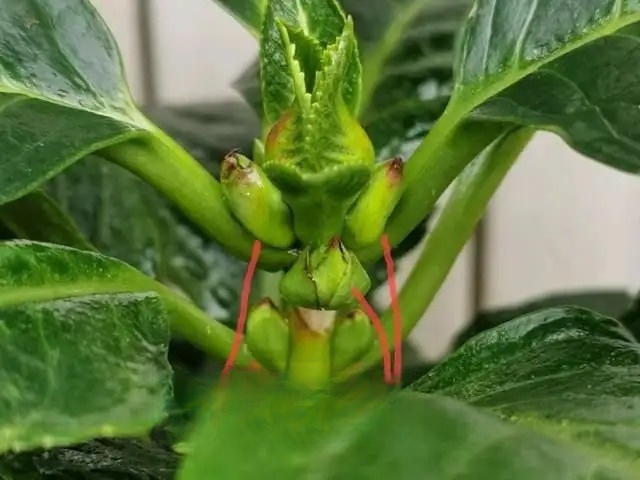
Of course, not all branches with flower buds cannot be cut. If the hydrangeas grow too densely and a bunch of flower buds are squeezed together, it is recommended to cut off the ones in the gaps and growing slowly to ensure that the other flower buds bloom quickly.
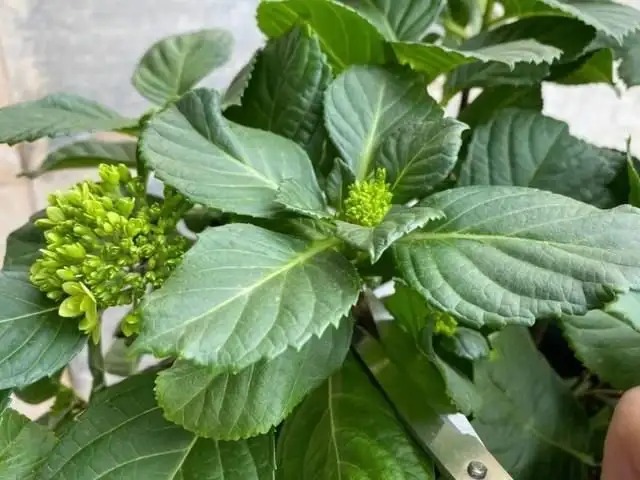
Image by: Rong Yi Huxie
Here are some tips for you. If you can’t tell the difference between old and new branches of hydrangea, it’s best to prune them before August every year (just cut the long branches short), and don’t prune them too late. After the new leaves open in spring, fertilize in time to rejuvenate, so that there will be more flower buds this year.
When growing geraniums, you can promote branch growth by pinching and topping, but if flower buds appear on the top, do not top them. Wait until after they bloom before pruning.
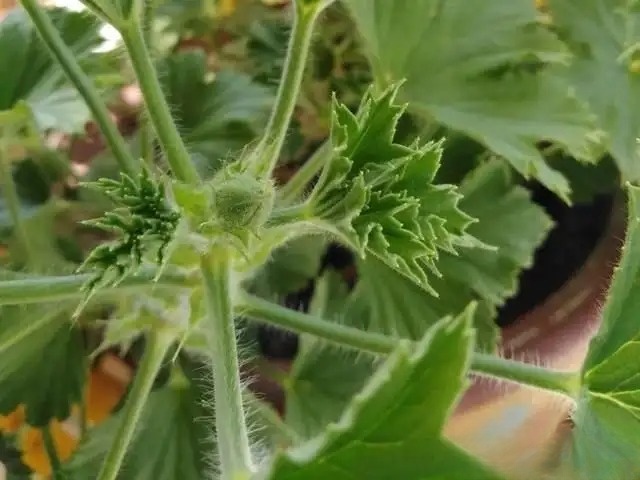
The flower buds of geranium are usually at the top of the branches. At first, they are just small buds and look no different from leaf buds, but if you look closely, you will see white fluff on the flower buds.
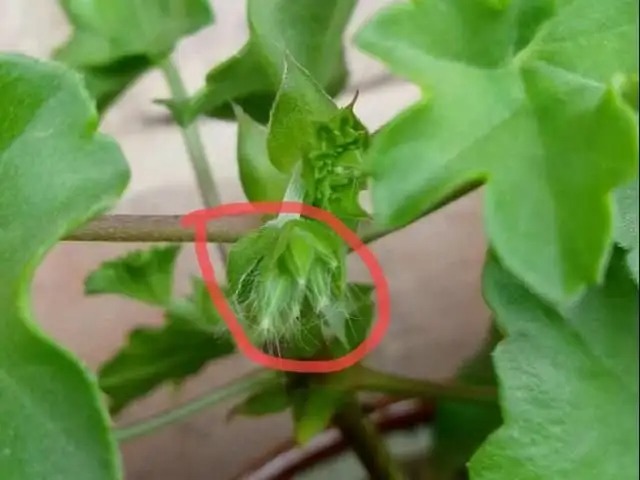
Normal young plants with flower buds do not need to be topped and pruned. However, if the seedlings are relatively weak, as shown in the picture below, it is still better to cut off the flower buds as soon as possible and top them (cut off the top 1/3) to make the plants strong first before discussing flowering.
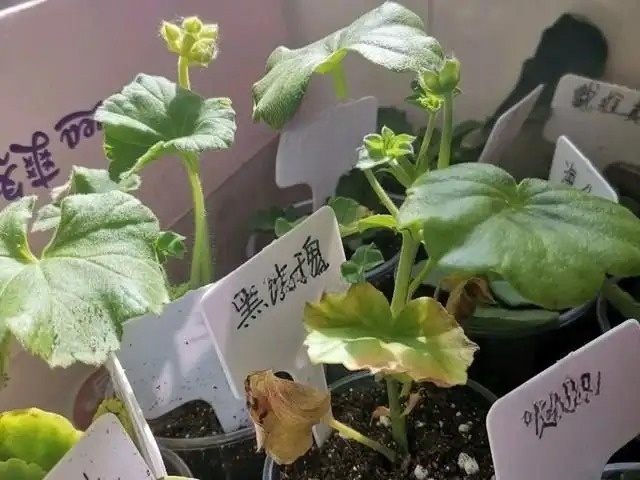
Don't be too happy about the geraniums that have flower buds. Many flower lovers say that the buds have turned yellow, dried up, cannot open, and have wilted. This may be due to lack of water, nutrition, light, or too much watering.
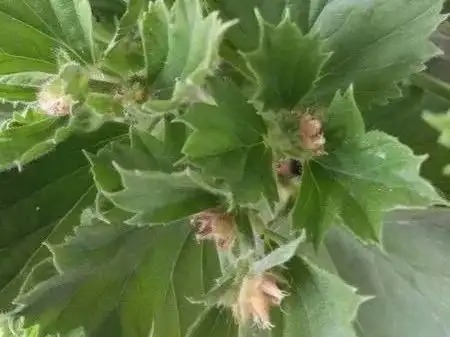
If it is just a slight change, then improve the conditions appropriately, water when necessary, expose to the sun when necessary, and sprinkle some slow-release fertilizer to supplement nutrients. If you water too much, expose the plant to the sun to evaporate. If the change is more serious, pinch off the flower buds, cut off the flower arrows, and start over.
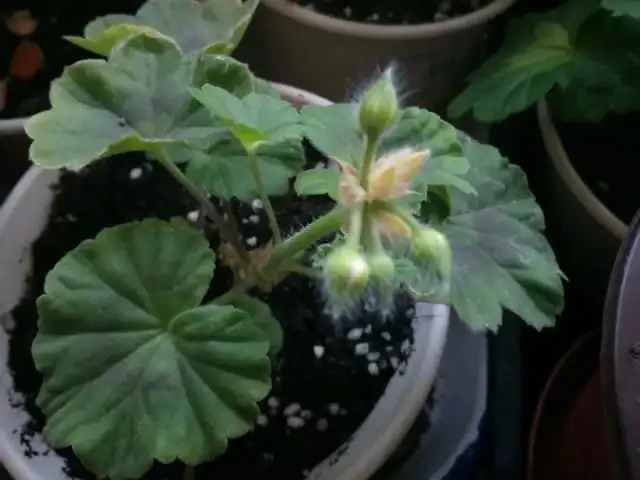
If you cut the lily, you will lose all your bulbs.
Lilies are planted in April and May every year and bloom after 1-2 months. They must not be pruned. Every year, some people top the lilies. I burst into tears after knowing the truth!
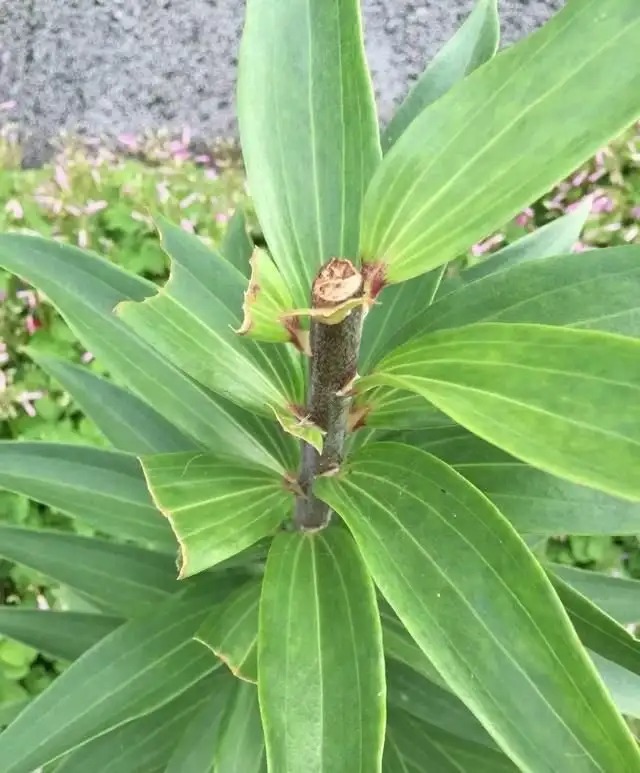
A lily bulb can only grow one main stem, and the top of the branch is the flower bud, which can differentiate into 1-10 flower buds. Some lilies with good nutrition and good maintenance will have more flower buds. Before they bloom, you must not cut them, otherwise there will be no flowers.
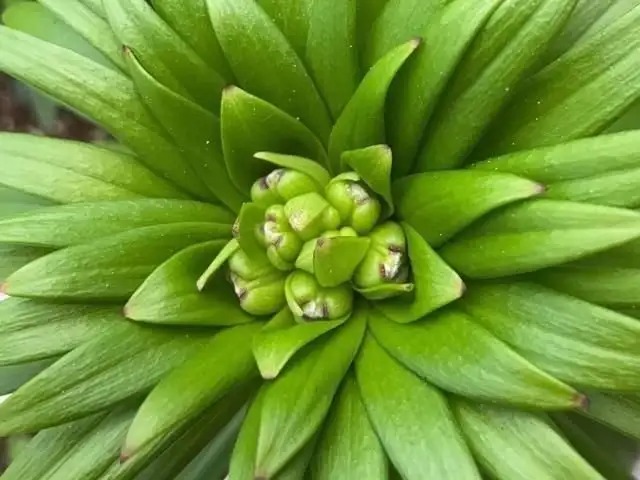
Generally, after planting lily bulbs, if the flower buds take a long time to appear, it may be because 1. they are buried too shallowly; 2. there is insufficient light; 3. there is frequent water shortage; 4. there is a problem with the quality of the bulbs.
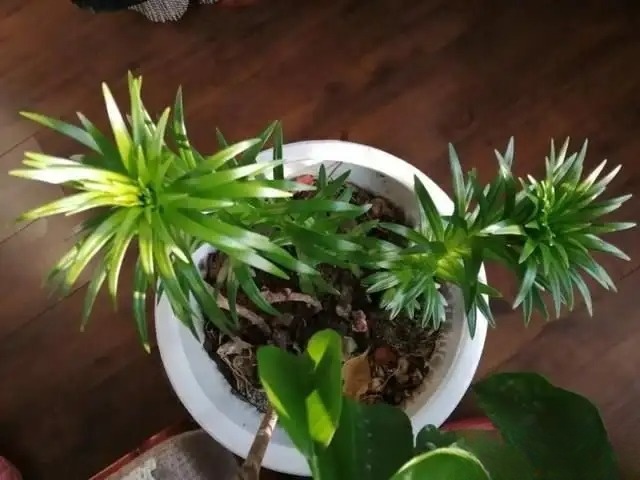
In order to ensure that the plants grown from lily bulbs are relatively strong, it is better to cover the soil to a depth of 5-10 cm, plant it with nutrient soil, and pot it in moist soil. Spray the soil when it is dry, and water it normally after budding (water it when the soil is dry), and apply slow-release fertilizer or compound fertilizer.
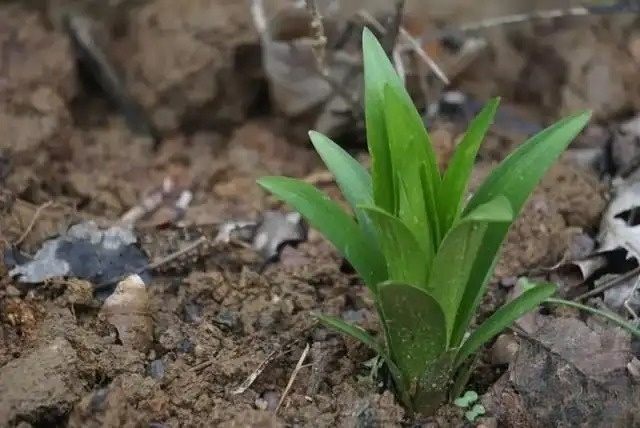
Lily seedlings need more sunlight. If you grow them on a windowsill, you will find that they will tend to move towards the sun. Turn the flowerpot every 2-3 days to allow it to receive even light.
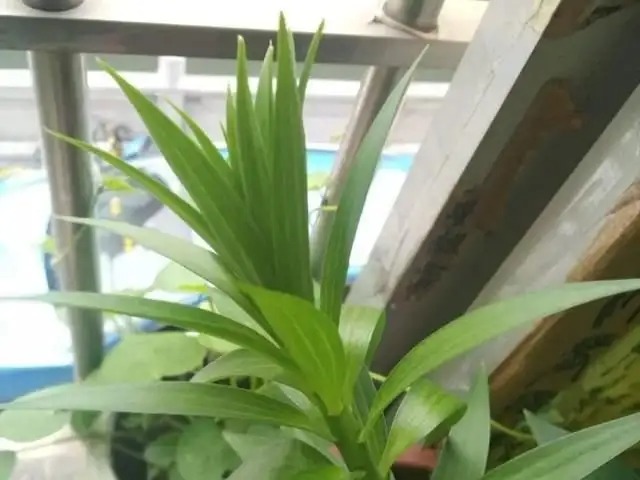
After the flower buds appear, reduce the amount of fertilizer (especially quick-acting fertilizer, be careful not to over-fertilize), do not pour water on the flower buds, water in time when the soil is dry, and also avoid too much water. After the flower buds swell and show color, do not fertilize, and wait for the flowers to bloom.
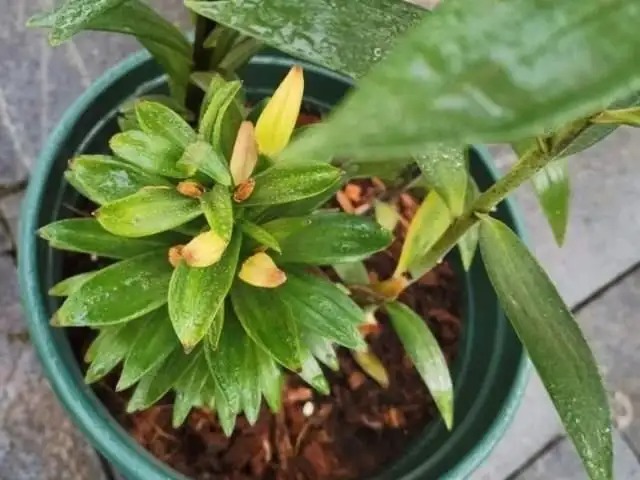
If the flower buds shrivel up and fall off halfway, it may be due to lack of light, lack of water, too much water (the bottom of the flower buds is wet), hypertrophy, or lack of fertilizer. These reasons are all possible. Reflect on it based on your own maintenance experience.
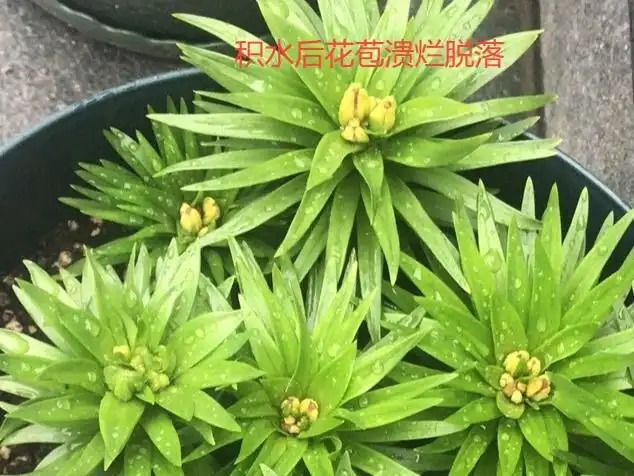
Lilies can be pruned after they have finished blooming, which means cutting off the remaining flowers and retaining 2/3 of the plant. Continue to care for it normally, and apply top dressing (slow-release fertilizer, nutrient solution, etc.) a week after pruning. Caring for the leaves is the same as caring for the bulbs, until they wither normally after winter.
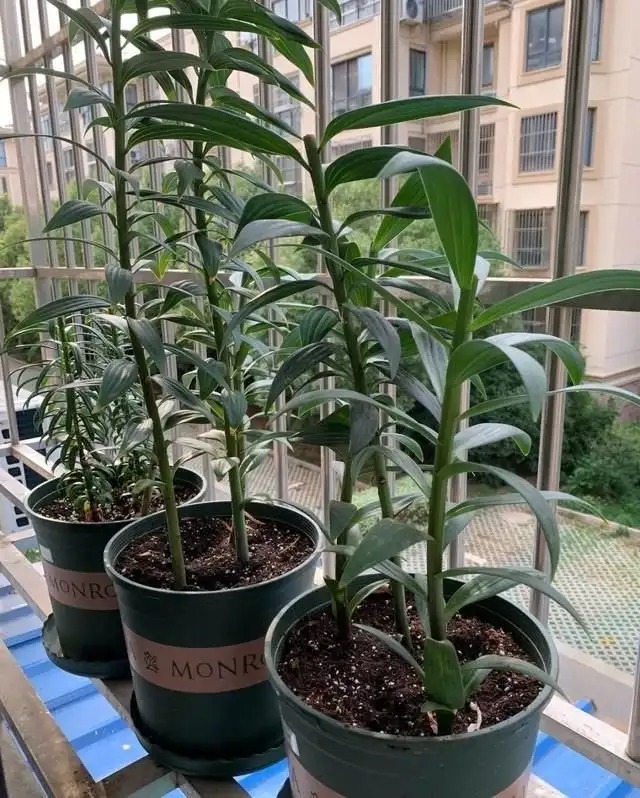
After the lilies wither, gradually stop watering, dig out the bulbs, clean them with a solution of carbendazim, and store them in a refrigerator at about 5 degrees. You can also store them dry without watering. The bulbs of lilies planted in the ground will not be frozen at minus 15 degrees. In Northeast China, it is best to cover them with something to prevent the soil from freezing.
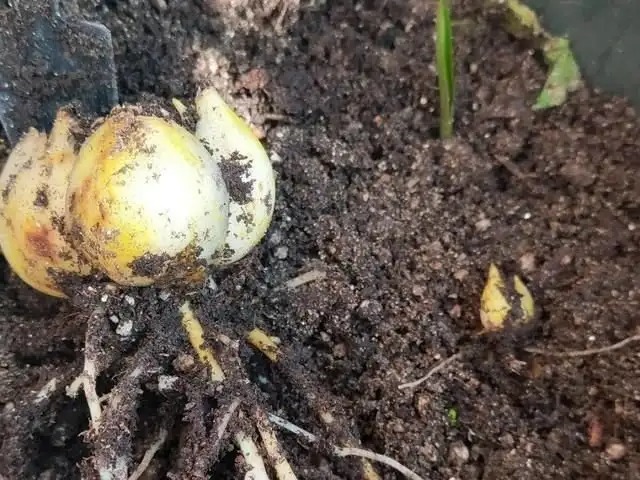
It's no use to regret if you top the peony randomly
Spring is the growing and flowering period of peony. The flower buds that formed in the autumn and winter of last year will first sprout in spring. At this time, do not top or prune. A few days ago, a flower friend found that it was a peony bud after pruning...

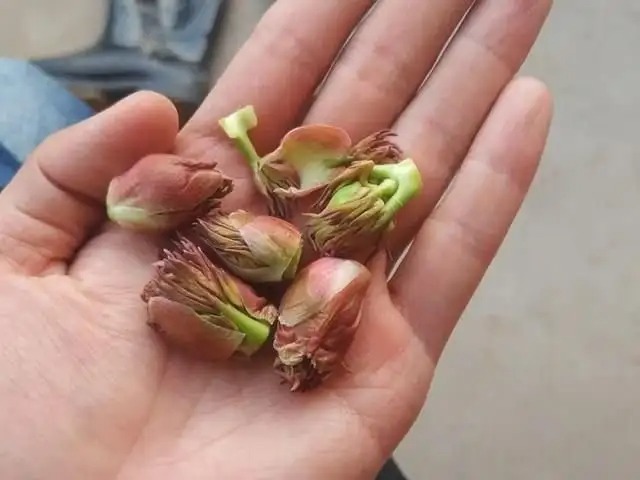
The peony buds are usually at the top of the branches. Once they are toppled, the buds are gone forever. It will be unlikely that this branch will bloom this year, and you will have to wait another year!
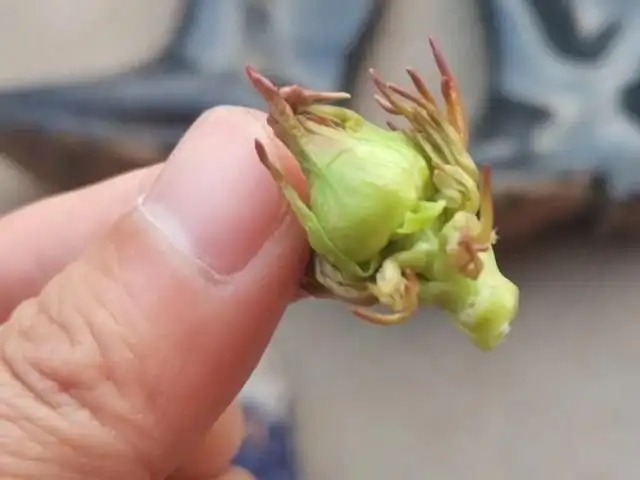
You should know that most of the peony buds now were differentiated in last autumn and winter. The buds swelled in spring and bloomed in one go. They cannot be topped or transplanted, otherwise you will not see any peony flowers this year.
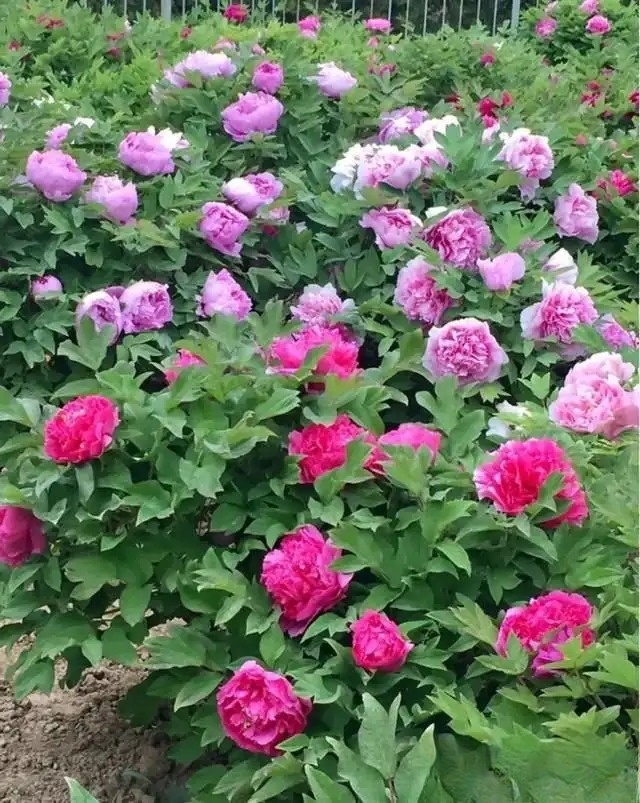
In addition to not pruning or transplanting, peonies that already have flower buds must also be carefully cared for. Do not change pots or move the roots at will. They must be exposed to sufficient light and watered on time. They must be watered with nutrient solution 1-2 times in the spring, otherwise the flower buds will become smaller or even disappear.
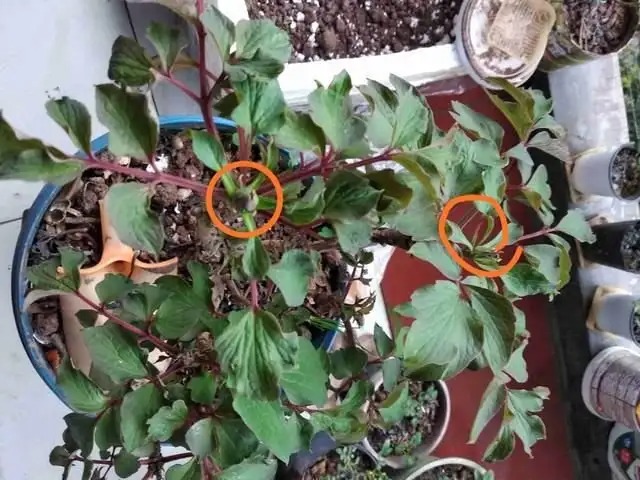
Some flower lovers have reported that when the peony flowers bloom to the size of duck eggs, they will fall apart if touched. This may be due to lack of water (dry climate) or too much water (consecutive cloudy days). If a peony plant has too many flower buds, some of them may disappear, which is normal.
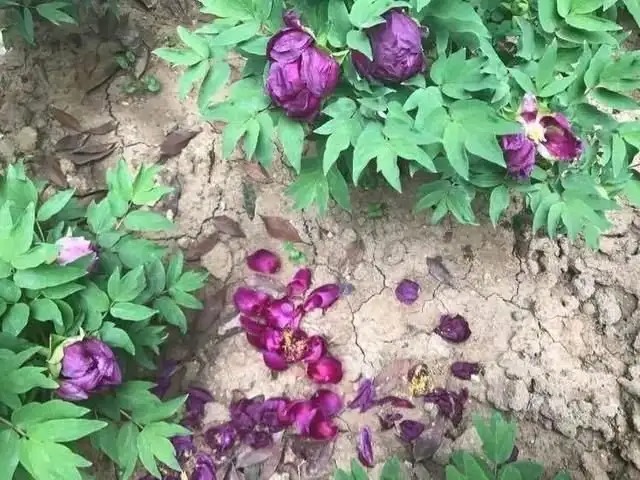
In short, spring is the golden time for peony growth. You must be careful in maintenance, be flexible, and don't make a fuss. Just wait to enjoy the peony flowers. Then do pruning after they bloom, cut short long branches, cut off weeds, apply appropriate fertilizer, and it is best to transplant them in autumn.
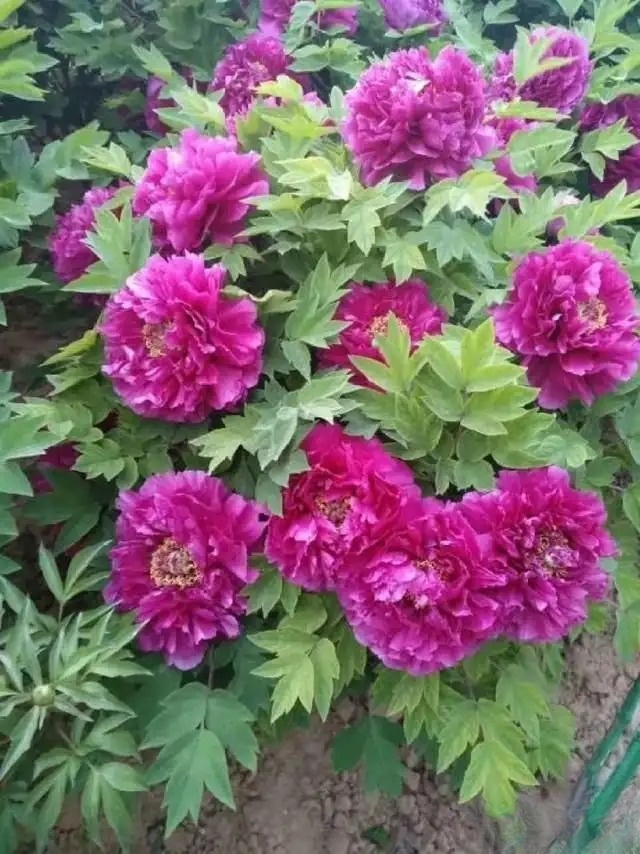
After cutting off the head of the Clivia, I found that it was about to bloom
Before beheading a Clivia, be sure to be careful. Some Clivia may be preparing to bloom. Once you cut it, there is no turning back. It will be too late to realize it after you have cut it off.
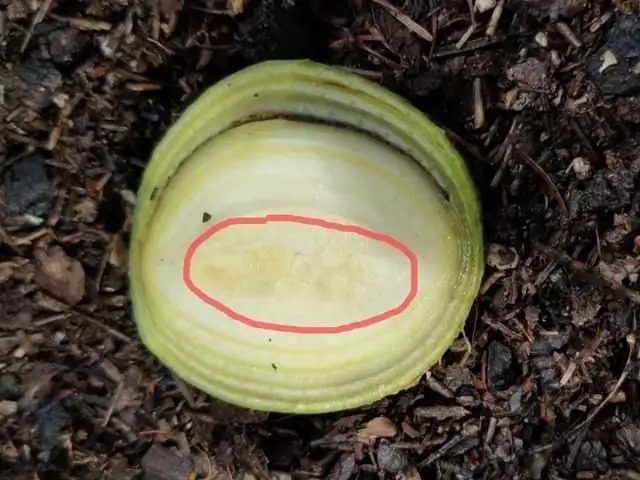
Image by: Little lemon0911
Flower friend "Little Lemon0911" was dissatisfied with the poor growth of the leaves of Clivia, so he finally made up his mind to cut off the top. After cutting it off, he saw some small circles in the center, which were the flower arrows that the Clivia was nurturing...
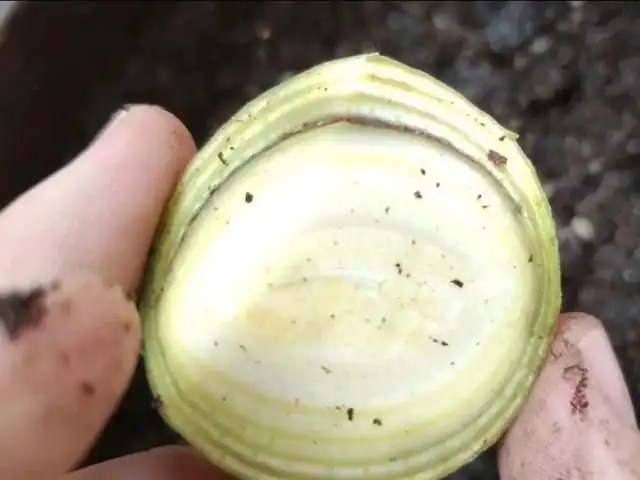
Image by: Little lemon0911
When I broke open the cut leaves, I saw the embryonic form of tender yellow flower buds in the gap. I was so heartbroken that I couldn't breathe...
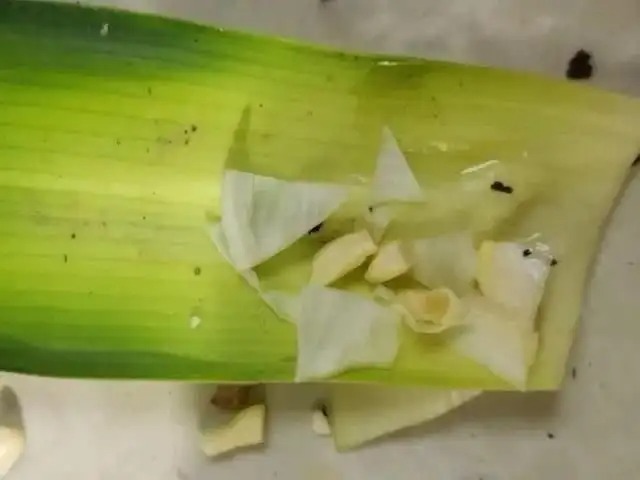
Image by: Little lemon0911
Clivia is a relatively slow-growing plant, and it is not easy for it to bloom, so everyone thinks that the flowering of Clivia is a symbol of luck and good fortune, so before pruning, be sure to check carefully.
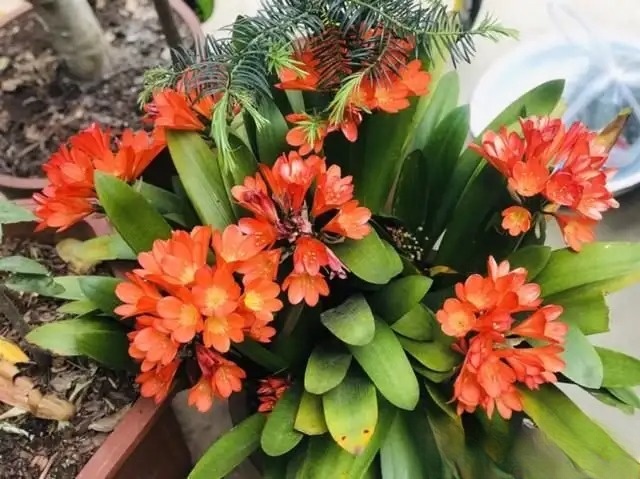
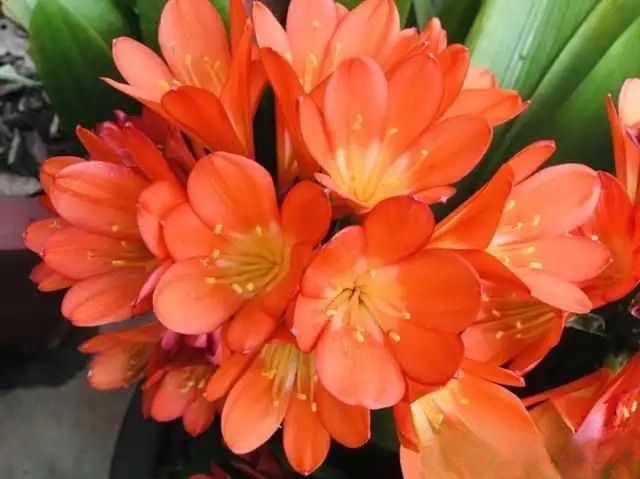
Before you prepare to chop off the head of the Clivia, it is best to break open the leaves and see if there are small buds in the middle. If there are small buds, they are basically flower buds.
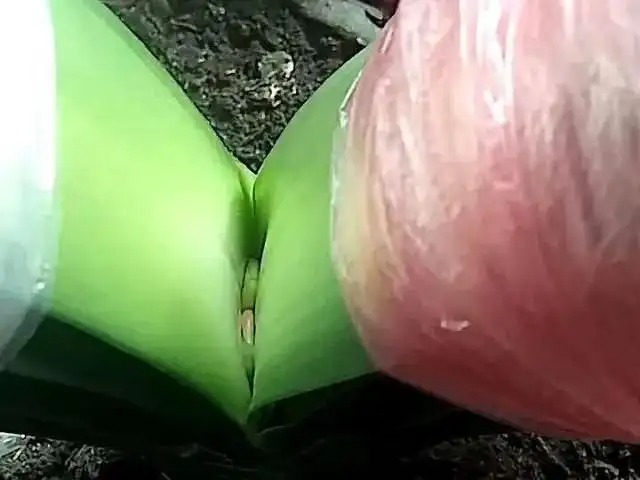
If there are flower buds and you still want to cut the leaves, just peel off the leaves layer by layer, keeping the small leaves and flower buds in the middle. Sprinkle some carbendazim after peeling to prevent wound infection.
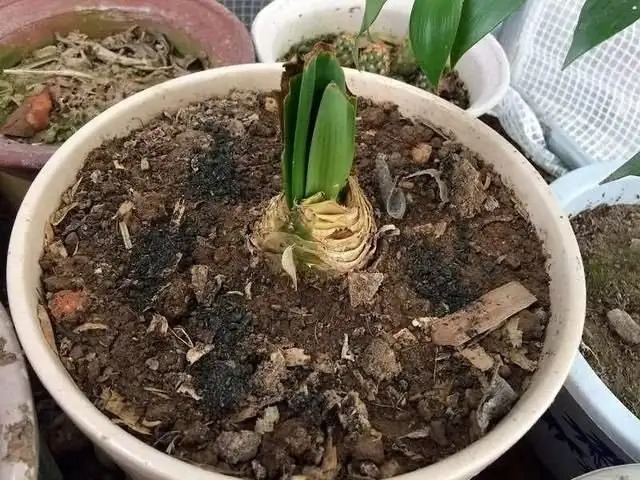
If some flower buds are slow to grow, you can tie up the leaves on both sides with a rope and pull them to both sides to give the flower buds enough space to grow.
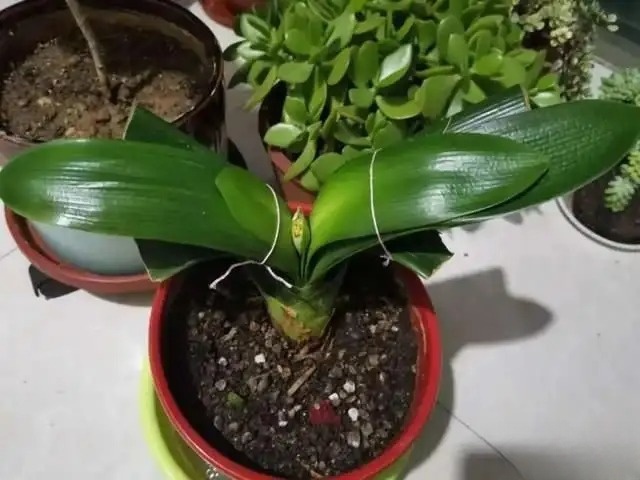
If the flower arrow still cannot emerge, you can wipe the leaves of the Clivia with beer and water (1:50) to allow it to absorb some nutrients and pull out the flower arrow with strength. Be careful not to let the beer water flow into the gaps between the leaves, or the core will rot.
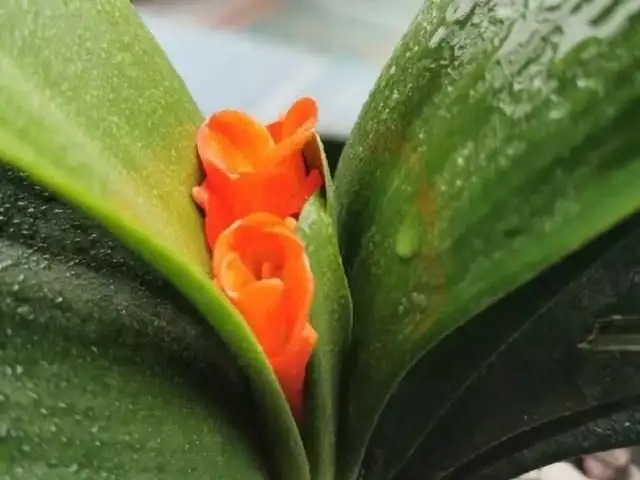
Alternatively, place the Clivia with an arrow in a dark corner of the room, avoiding exposure to light at night. You can also cover it with a black plastic bag to hide the flower arrow.
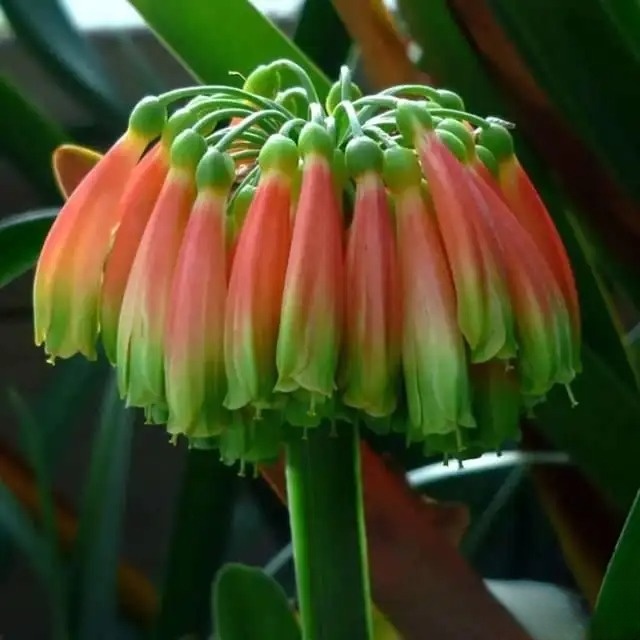
Without it, the ball orchid won't bloom.
Flower lovers have been saying that the Hoya orchid does not bloom. Check the branches quickly to see if there is such a branch near the leaves on the branch. This is the pedicel of the Hoya orchid, and it will bloom only with it.
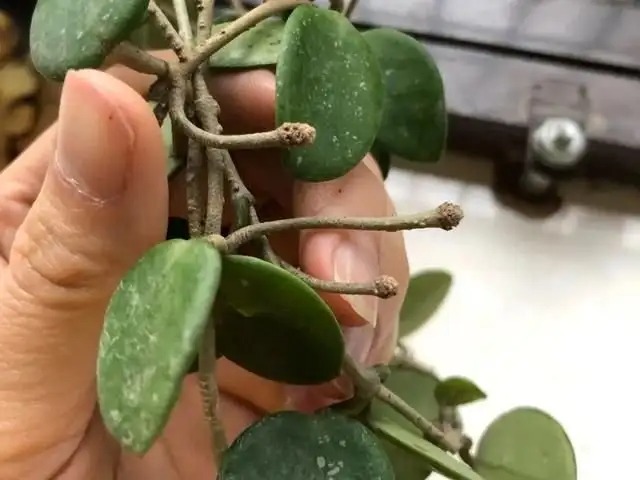
If you look closely, this flower stalk looks a bit ugly and grows at the bottom of the leaves. Generally, old and strong branches will have more flower stalks.
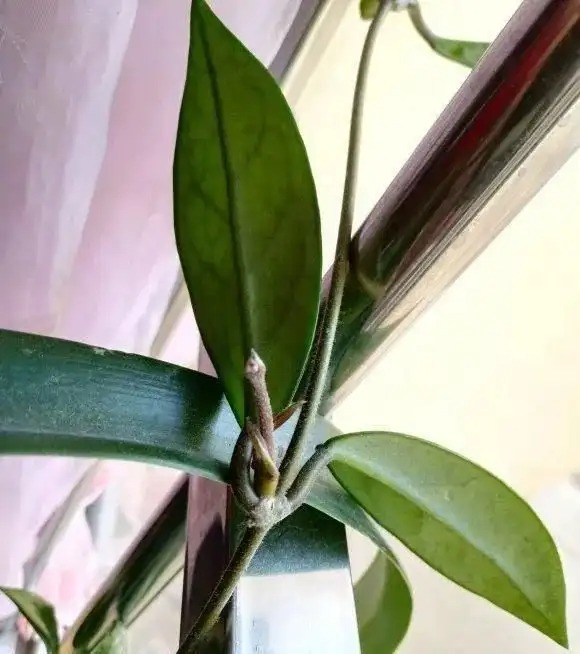
There are also flower stalks that have been there for many years, as shown in the picture below. They are like ears of wheat, and each layer represents a blooming of flowers. Isn’t it a great sense of accomplishment?
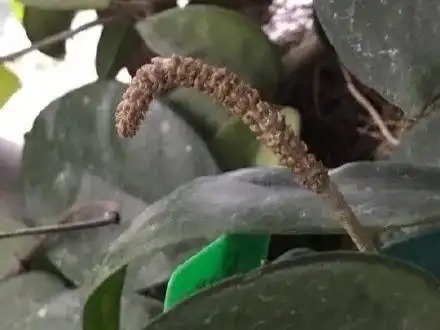
Image by: Tianya Zi Platycodon
The long "ears of wheat" will still bloom after many years, as shown in the following picture:
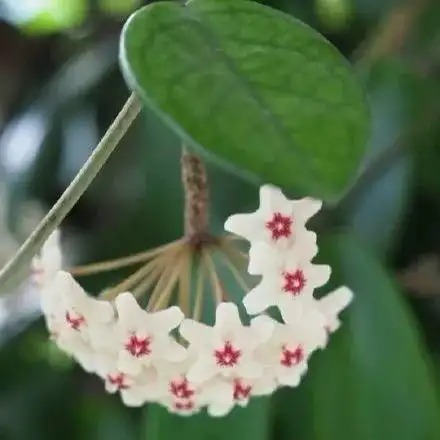
Image by: Tianya Zi Platycodon
With this flower stalk, when spraying potassium dihydrogen phosphate, you can concentrate the spray on the front and back of the leaves near it, so that it can absorb nutrients and bloom faster. If there is no flower stalk, fertilizing will not be very effective.
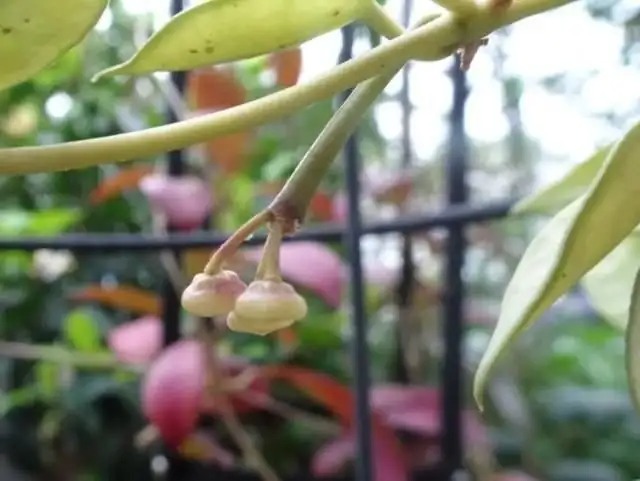
Therefore, if the ball orchid blooms or not, you will know it by finding the flower stalk. Do not cut the branches with flower stalks.
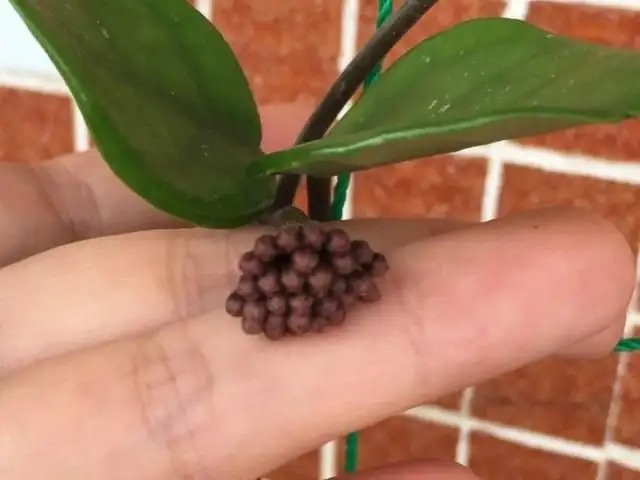
Gardenia can't be cut now, be careful or the flowers will be gone
Gardenia blooms in spring and summer. Recently, some flower lovers asked if they could prune the branches. Huahua suggested that it is best not to prune them. There may be flower buds on the top of the branches. If they are pruned, the flower buds will be gone and the flowers will not bloom this year.
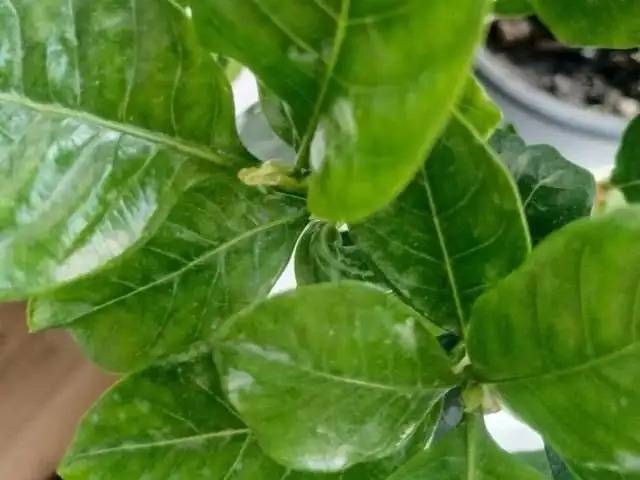
How to identify the flower buds on the top of gardenia? In the embryonic stage, if there are 3 pointed tips, it is a flower bud, and 2 pointed tips may be leaf buds (not necessarily). Wait for 1-2 weeks, and the buds will become more obvious when they grow bigger. The enlarged and pointed ones are flower buds.
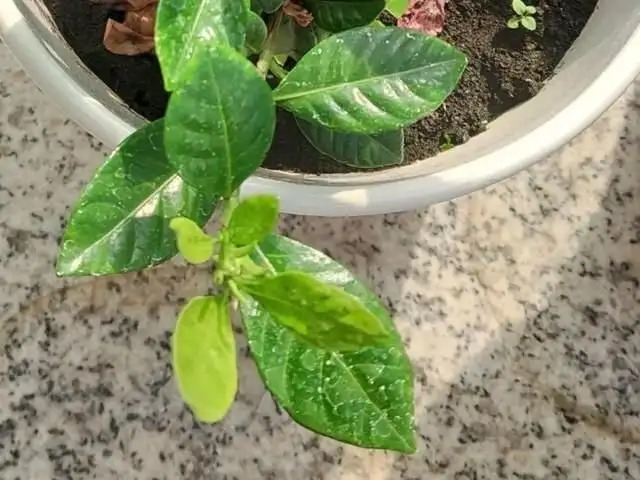
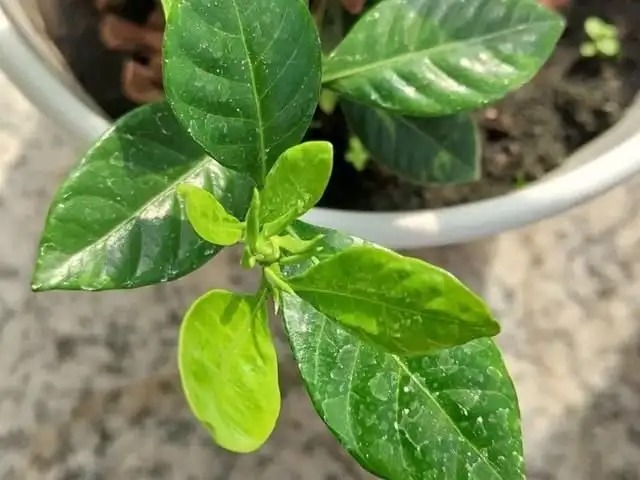
Gardenias usually differentiate flower buds in autumn and bloom in the spring and summer of the following year. There are also perennial gardenias that differentiate flower buds in spring. No matter when they differentiate, it is best not to prune gardenias in spring (pruning messy branches is okay) to avoid cutting off the flower buds.
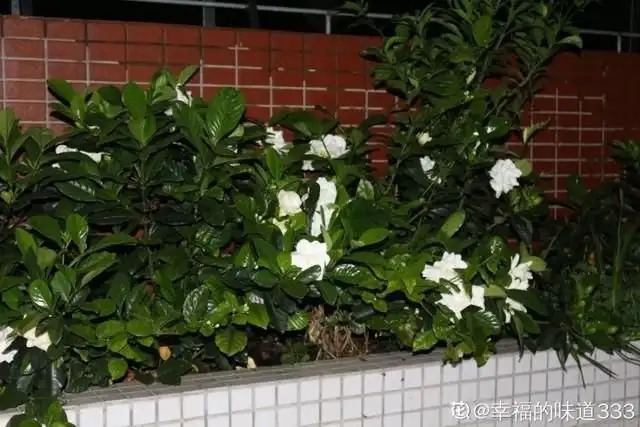
The flower buds of gardenia will become more and more obvious in spring. If you haven't seen the flower buds yet, you can water them with Huaduoduo No. 1 once every 10-15 days. In May, change to Huaduoduo No. 2, which has a better effect in promoting flowering. After the flower buds swell, reduce - stop fertilizing.
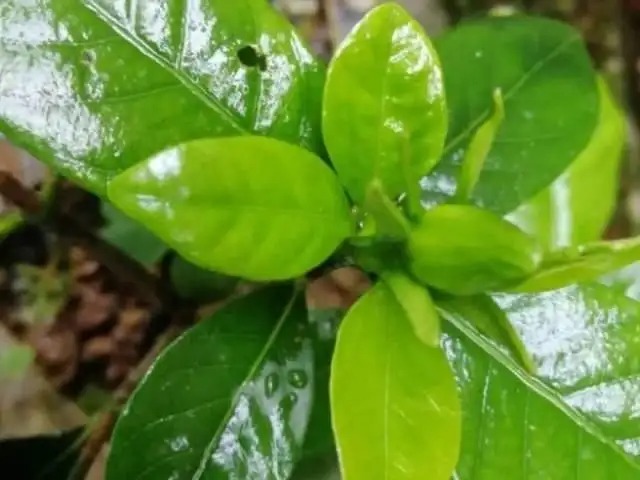
Gardenias with flower buds, especially those just bought, should not be exposed to direct sunlight. Place them indoors for 2-3 days and then gradually increase the light exposure. Water the soil on time after it is dry to prevent it from being too dry and causing the flower buds to wither. Ventilate the soil more after watering to avoid root rot and bud rot.
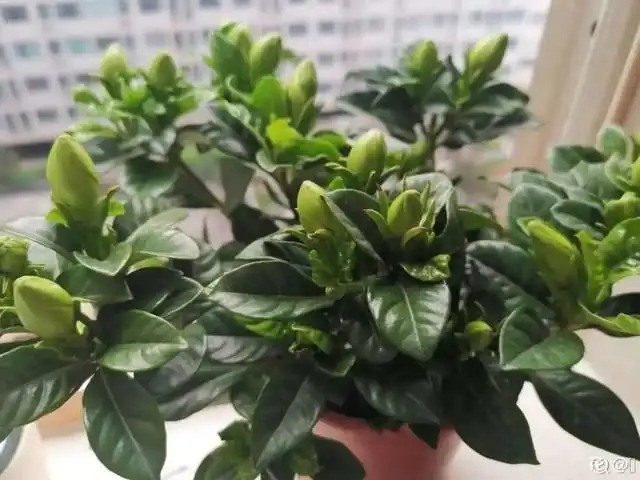
Do not apply fertilizer during the gardenia flowering period. Exposing the flowers to more sunlight and providing sufficient water during the flowering period can make the flowers healthier and more fragrant. If not handled properly, the flowers will fall off prematurely.
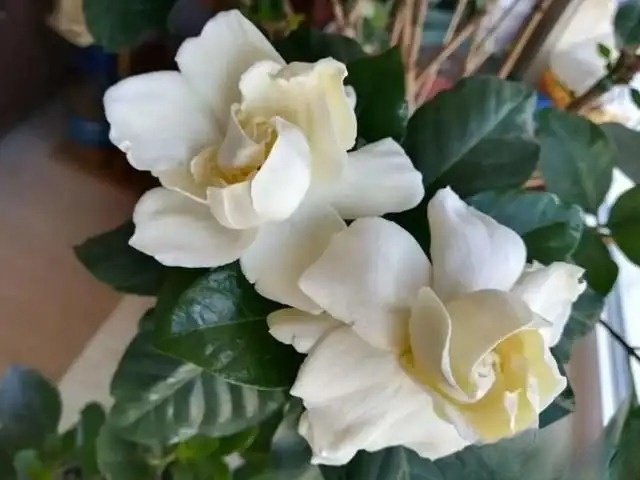
Gardenias are usually pruned after flowering, and the pruning should be done in the middle of the woody-green area below the remaining flowers.
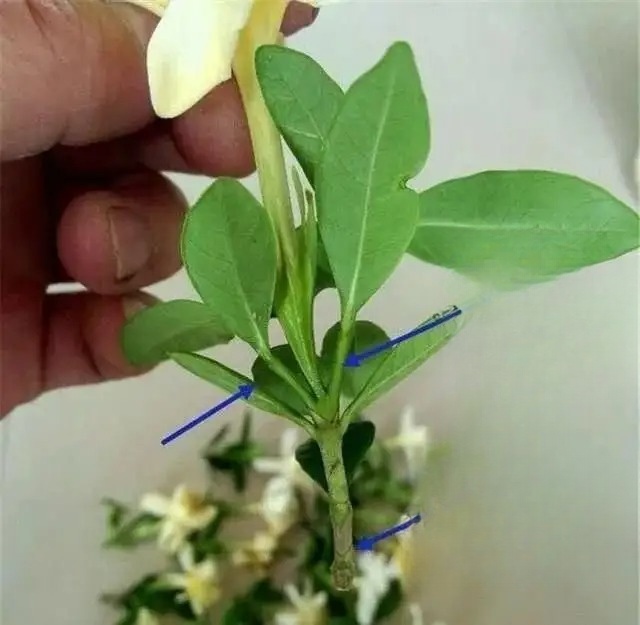
After pruning, two new buds will grow from the bottom of the leaves, which is equivalent to one branch becoming two branches. You can then apply top dressing (compound fertilizer) to strengthen the branches.
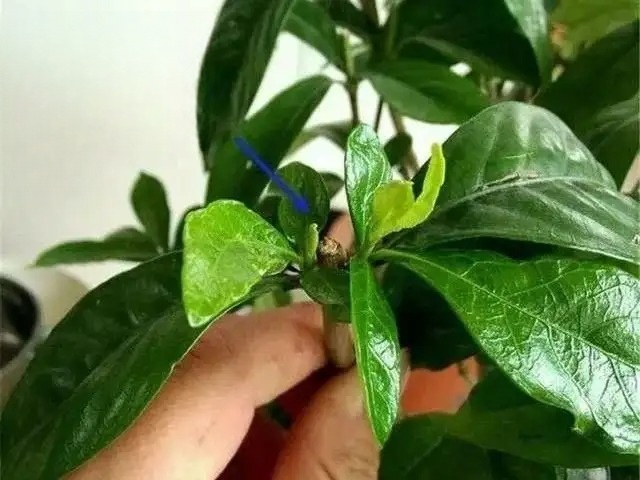
If the longevity plant is still blooming, don't cut it.
Everyone likes Kalanchoe. Its natural flowering period is winter and spring, but many Kalanchoe plants bloom in all seasons. Some of them have flower buds on the top. Don't cut them.
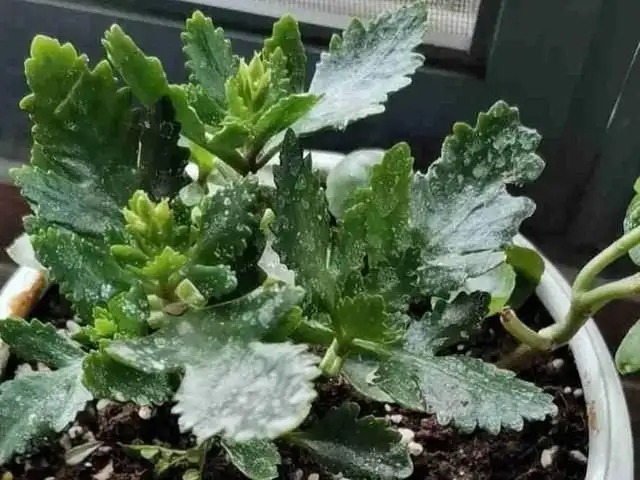
Kalanchoe loves to bloom. The cuttings will bloom when the seedlings grow to about 4 pairs of leaves. The flower buds are at the top of the branches, are tender yellow in color, and are surrounded by small leaves.
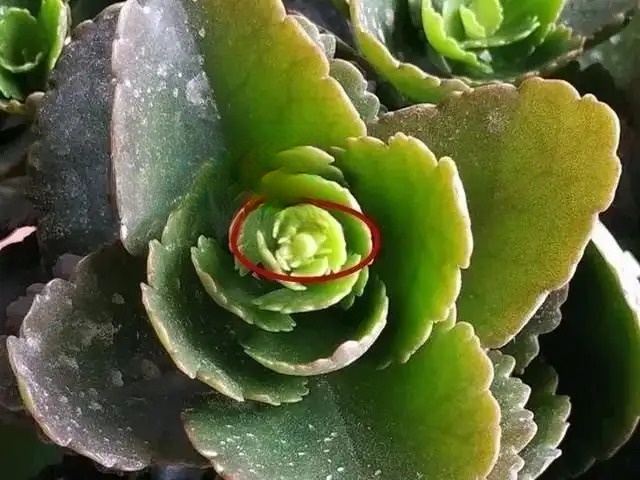
If the Kalanchoe has just been grafted and the seedlings are still relatively small, you can cut off the flower buds on the top (and pinch off the small leaves under the buds) to preserve nutrients for growing roots and the main stem. If there is no problem with the Kalanchoe itself, you can leave it to bloom.
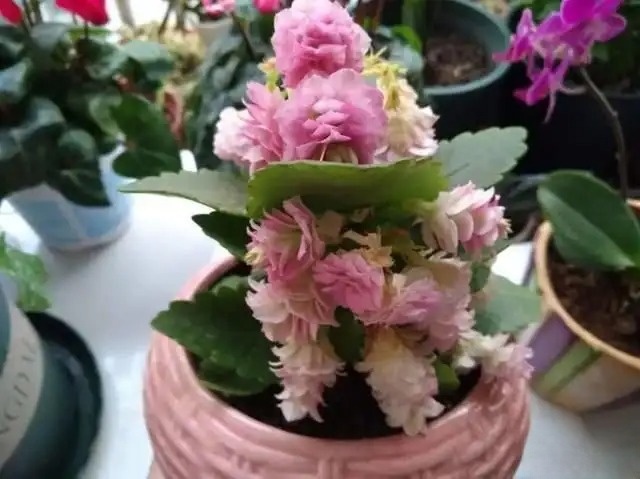
After the flower buds of Kalanchoe emerge, they need more sunlight. You can also spray them with potassium dihydrogen phosphate once a week, or water them with Huaduoduo No. 2 (a lighter dilute solution) once every 10 days to supplement nutrients and prevent the buds from disappearing. Stop fertilizing after the flower buds swell and show color.
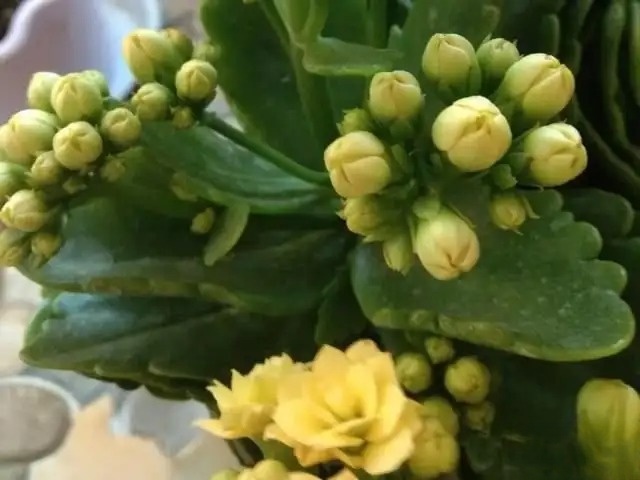
Some flower lovers said that the buds of Kalanchoe are slow to open, which may be caused by insufficient light, insufficient nutrition, and insufficient watering. Think back to your own maintenance methods and see what the problem is. You can solve it by taking the right medicine.
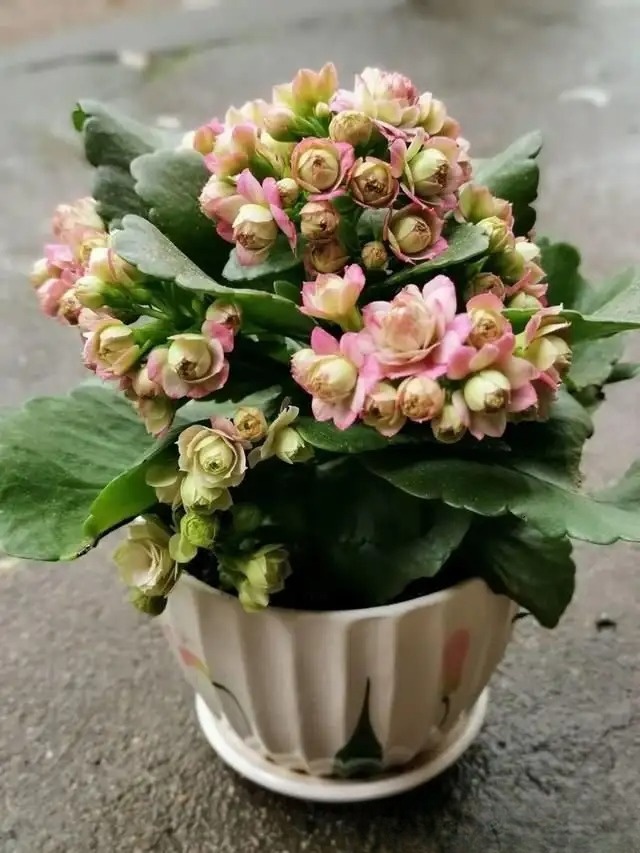
I have these flowers at home
Be careful when pruning
There is no regret after cutting
Don't cut the flowers.